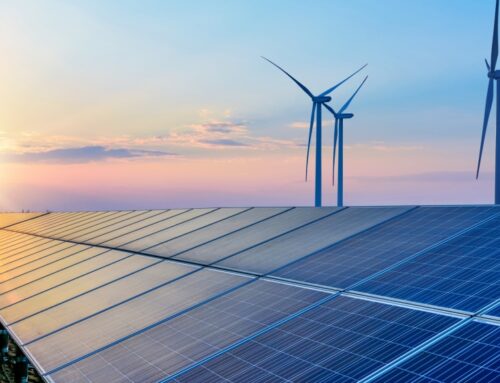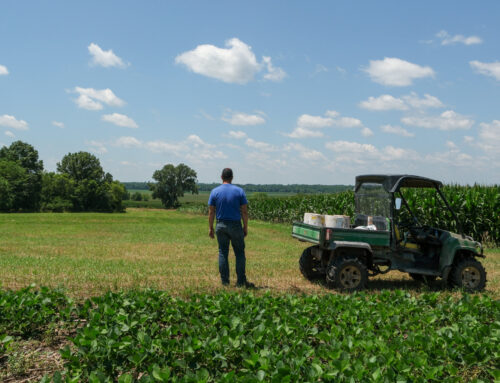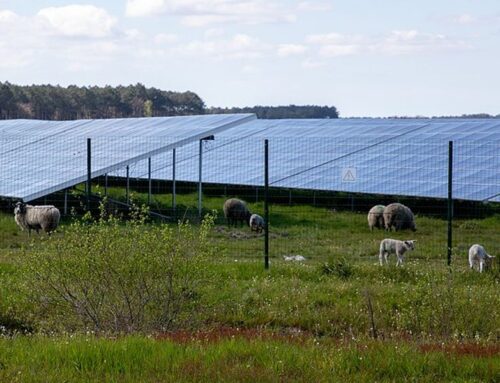Labour under fire over plans for 40 more ‘greenwashing’ waste incinerators
December 29, 2024
Labour faces a growing backlash across the country over proposals to build a new generation of more than 40 waste incinerators to burn household and commercial rubbish.
Communities are fighting plans for the new energy-from-waste incinerators which have been called the UK’s dirtiest form of power. The plants, some of which can burn more than 500,000 tonnes of rubbish a year, are often located in more deprived areas.
There are already about 50 waste incinerators across England, but new figures reveal a further 41 have been given planning permission. Of these, 27 have already been granted environmental permits and some are already under construction.
Ministers are expected to announce new curbs on waste incinerators on Monday, as they face growing public concern over their impact. Campaigners want the government to revoke the permits of the incinerators which are not yet under construction and ban any new projects.
Shlomo Dowen, from the UK Without Incineration Network, the campaign group which collated the figures on projects in the pipeline, said: “There are already far too many waste incinerators across the UK, meaning that most of what is burned is material that could and should have been recycled or composted.
“For every tonne of plastic that is incinerated, more than two tonnes of carbon dioxide are being released, as the carbon in the plastic combines with oxygen in the air. It makes incineration a significant source of greenhouse gases.”
He said there were also health concerns over the pollutants being released by the country’s incinerators. “People’s health is being jeopardised for no justifiable reason,” he said.
The most recent figures show 12.1m tonnes of waste collected by councils in England was burned in 2022-23, 49% of all local authority waste. The proposed new incinerators will mean England will be burning more than half the waste collected by councils, with claims that this undermines Labour’s ambition of a “circular economy”, which has the ambitions of reduced waste, recycling and an extended life cycle of products.
Scientists have warned that incinerators are a “disaster” for the climate. Analysis by the BBC in October found that burning waste produces the same amount of greenhouse gases for each unit of energy as coal power. The country’s last coal power station shut down in September.
Scotland and Wales have already banned new incinerator plants because of environmental concerns. The Tories pledged in their manifesto at the general election to “prevent new waste incinerators being built”.
The planned new incinerators include projects in Dorset, Wiltshire, Cambridgeshire and West Yorkshire. Several projects have been given the go-head in the north-east of England, including a cluster of proposed incinerators on Teesside.
Tristan Learoyd, an independent councillor for Redcar and Cleveland council, wrote to energy secretary Ed Miliband in the summer calling on him to block a scheme at Grangetown Prairie on Teesside.
Miliband’s department responded by saying that it was for “local planning authorities to consider their waste treatment capacity needs at local level and to factor national policy measures into their considerations”.

Learoyd said there had been “greenwashing” over the claimed benefits of incinerators, which hampered recycling and contributed to global warming. “Councils are offloading their waste to one of the poorest areas of the country to be burned,” he said. He describes the schemes as “carbon emissions madness”.
The Observer revealed last month how British Olympic athletes who train at Weymouth and Portland National Sailing Academy are threatening to quit their site over plans for a £150m incinerator next to their base. The Labour government approved the project in September after the scheme was rejected by Dorset council.
Laura Baldwin, 44, who trains at the academy and competed in the 2004 Olympics in Athens, said: “Labour says it wants to decarbonise the power grid by 2030, but this plant will pump out 200,000 tonnes of carbon dioxide a year. It makes a farce of net zero.”
The athletes are concerned about the impact of the scheme on air quality, with emissions from the plant and pollution from extra lorry movements. Public Health England says modern, well-managed waste incinerators are not a “significant risk to public health”, but that it is not possible to rule out any adverse health effects.
Nick Ireland, the leader of Dorset council, said in September that the government’s decision to approve the incinerator ignored the views of residents “who oppose the burning of waste on the Jurassic coastline for environmental, economic and health reasons.”
This month, campaigners were given the go-ahead by the high court for a statutory review of the decision. Dorset council has also urged Steve Reed, the environment secretary, to intervene.
A scheme on an industrial estate in Wisbech in Cambridgeshire is also among the projects which have won planning permission this year. It was granted a permit by the Environment Agency in May.
Virginia Bucknor, a campaigner with Wisbech Without Incineration, said the area did not have the infrastructure required for one of Europe’s biggest waste-to-energy incinerators. Campaigners say the development will involve several hundred lorry movements a week. “The impact will be catastrophic,” said Bucknor. “It’s quite extraordinary it was approved.”
A spokesperson for the Department for Environment, Food and Rural Affairs said: “We are committed to cutting waste and moving to a circular economy so that we re-use, reduce and recycle more resources and help meet our emissions targets.
“The Environment Agency only grants a permit if it is satisfied operators are taking steps to minimise emissions and meeting strict emission limits. We are considering the role waste incineration will play as we decarbonise and grow the economy.”
Officials say incinerators have played a key role in reducing the amount of waste sent to landfill. Energy-from-waste plants now provide about 3% of the UK’s energy generation capacity.
Search
RECENT PRESS RELEASES
Related Post



